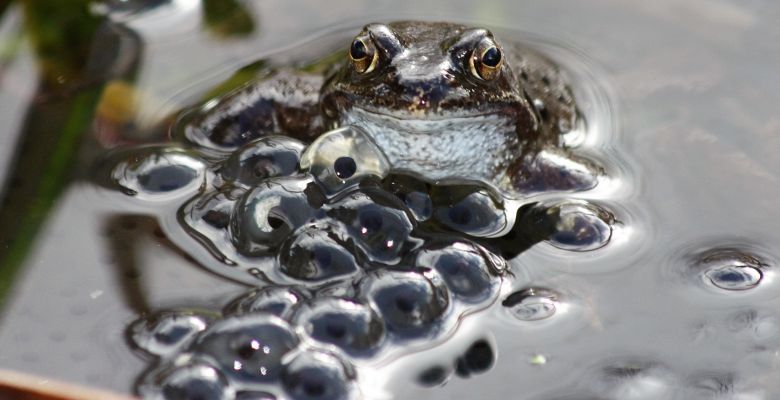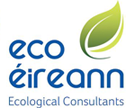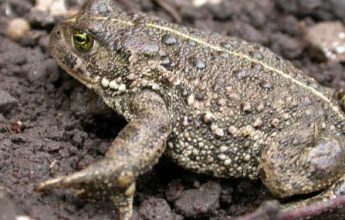
Protection
There are three native amphibians in Ireland; natterjack toad, smooth newt and common frog. These species are protected under
- The Wildlife Act 1976
- Wildlife Amendment Act, 2000
The natterjack toad is given full protection, making it an offence to knowingly harm or kill, disturb or damage a resting or breeding site.
Smooth newt and common frog are protected from trade and from been taken from the wild (including eggs and frog spawn).
When do I need to get in touch?
A site’s potential to support amphibians is usually identified within a Preliminary Ecological Appraisal combined with a data search.
Natterjack toads are generally restricted to Co. Kerry and smooth newt and common frog are widespread throughout the country. These species breed in waterbodies such as ponds and ditches, but spend much of the year on land moving a considerable distance, up to 500 metres, from breeding ponds and waterbodies. This means that they can be present on a range of sites and habitats that at first glance may look unsuitable, including most types of grasslands, woodlands, within hedgerow and tree corridor networks, and even within the built environment and brownfield sites, especially where rubble piles are present.
EcoÉireann apply detailed guidelines to establish whether these species have the potential to be present through field assessments and surveys: A habitat assessment is carried out in combination with a Preliminary Ecological Appraisal (PEA), to assess the probability of amphibians utilising a site. This assessment will establish whether further surveys are required to identify their presence or absence (in particular for natterjack toad).
To prevent delays in your project, it’s important to get in touch as early as possible, as both surveys and implementation of mitigation measures are highly seasonal.
How can EcoÉireann help me?
EcoÉireann can provide advice on relevant legislation and provide pragmatic approaches to establishing presence or absence, and required mitigation where the species is recorded. We undertake all relevant surveys, and can guide you through licencing procedure if required. We apply best practice guidelines along with our in-depth knowledge, habitat requirements, and present results and recommendations in our detailed professional reports to inform and support your project’s planning application or other consenting process.


